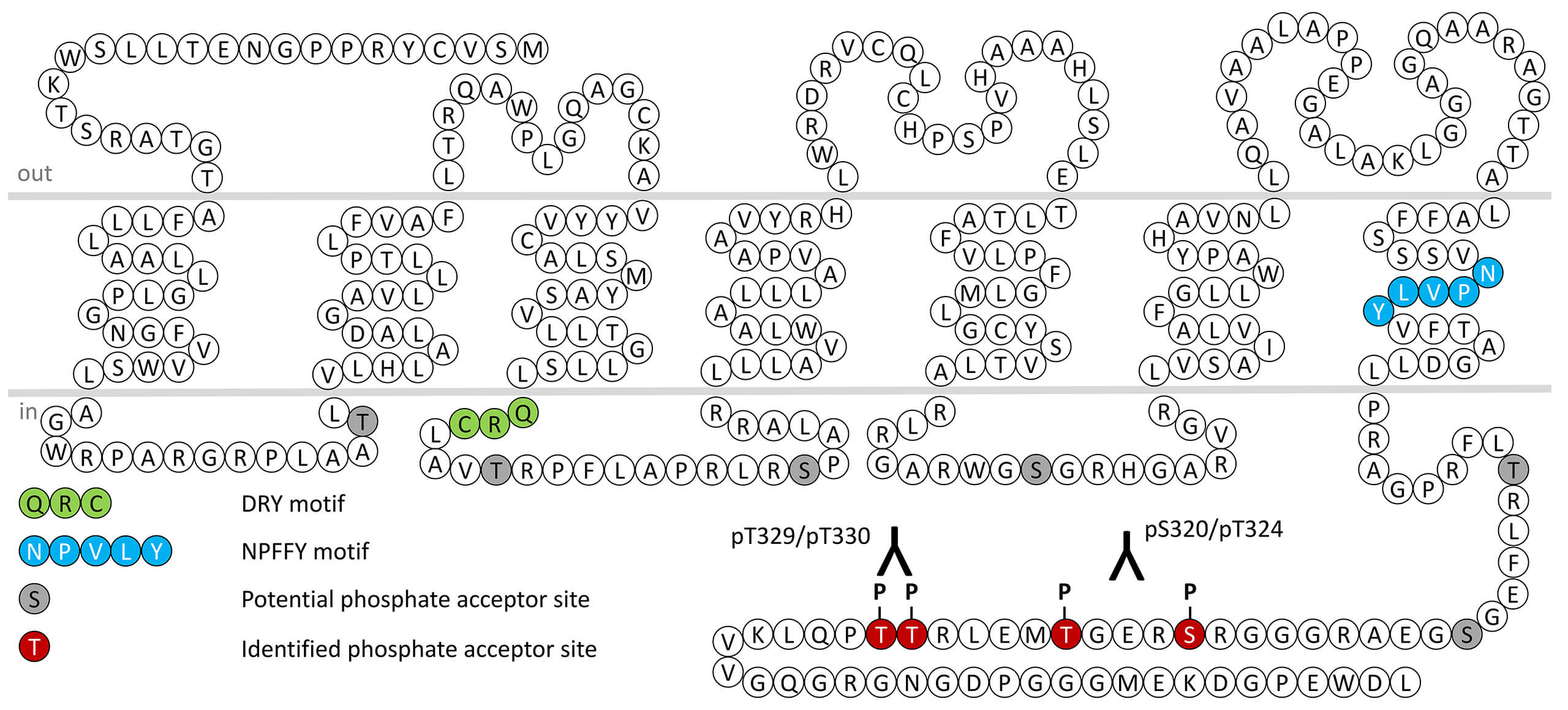BLT2 Leukotriene Receptor Antibodies

The dihydroxy-leukotriene, leukotriene B4 (LTB4) stimulates neutrophil chemotaxis and secretion but may also affect immunomodulation through the activation of several leukocyte populations. The human BLT2 receptor is the low affinity leukotriene B4 receptor, and may be involved in maintaining intestinal barrier function (leading to colitis) and eosinophilic airway inflammation. BLT2 receptor is considered to be the principal mediator of leukotriene B4 effects in synovial tissues from patients with rheumatoid arthritis. In addition to LTB4, several lipoxygenase-products in addition to LTB4 have been identified as ligands for the human BLT2 receptor. These include 12(S)-HETE, 12(S)-HpETE, and 15(S)-HETE. Furthermore, the thromboxane synthase product 12-HHT formed in activated blood platelets and macrophages from prostaglandin H2, is also a natural ligand for the BLT2 receptor. Currently, LY255283 is used as a BLT2-specific antagonist, but this compound also inhibits BLT1 in a non-competitive manner. BLT2 receptor desensitization, β-arrestin recruitment and internalization are regulated by phosphorylation of carboxyl-terminal serine320/threonine324 (pS320/pT324-BLT2) and and threonine329/threonine330 (pT329/pT330-BLT2). This nomenclature refers to the human BLT2 receptor. This phosphorylation motif is highly conserved across species and is identical mice, rats and humans. For more information on BLT2 pharmacology please refer to the IUPHAR database. For further reading refer to:
Bäck M, Dahlén SE, Drazen JM, Evans JF, Serhan CN, Shimizu T, Yokomizo T, Rovati GE. International Union of Basic and Clinical Pharmacology. LXXXIV: leukotriene receptor nomenclature, distribution, and pathophysiological functions. Pharmacol Rev. 2011 Sep;63(3):539-84. doi: 10.1124/pr.110.004184. PMID: 21771892.
Bäck M, Powell WS, Dahlén SE, Drazen JM, Evans JF, Serhan CN, Shimizu T, Yokomizo T, Rovati GE. Update on leukotriene, lipoxin and oxoeicosanoid receptors: IUPHAR Review 7. Br J Pharmacol. 2014 Aug;171(15):3551-74. doi: 10.1111/bph.12665. Epub 2014 Jul 12. PMID: 24588652; PMCID: PMC4128057.
 pT329/pT330-BLT2 (phospho-Leukotriene Receptor...
pT329/pT330-BLT2 (phospho-Leukotriene Receptor...  pS320/pT324-BLT2 (phospho-Leukotriene Receptor...
pS320/pT324-BLT2 (phospho-Leukotriene Receptor... 

